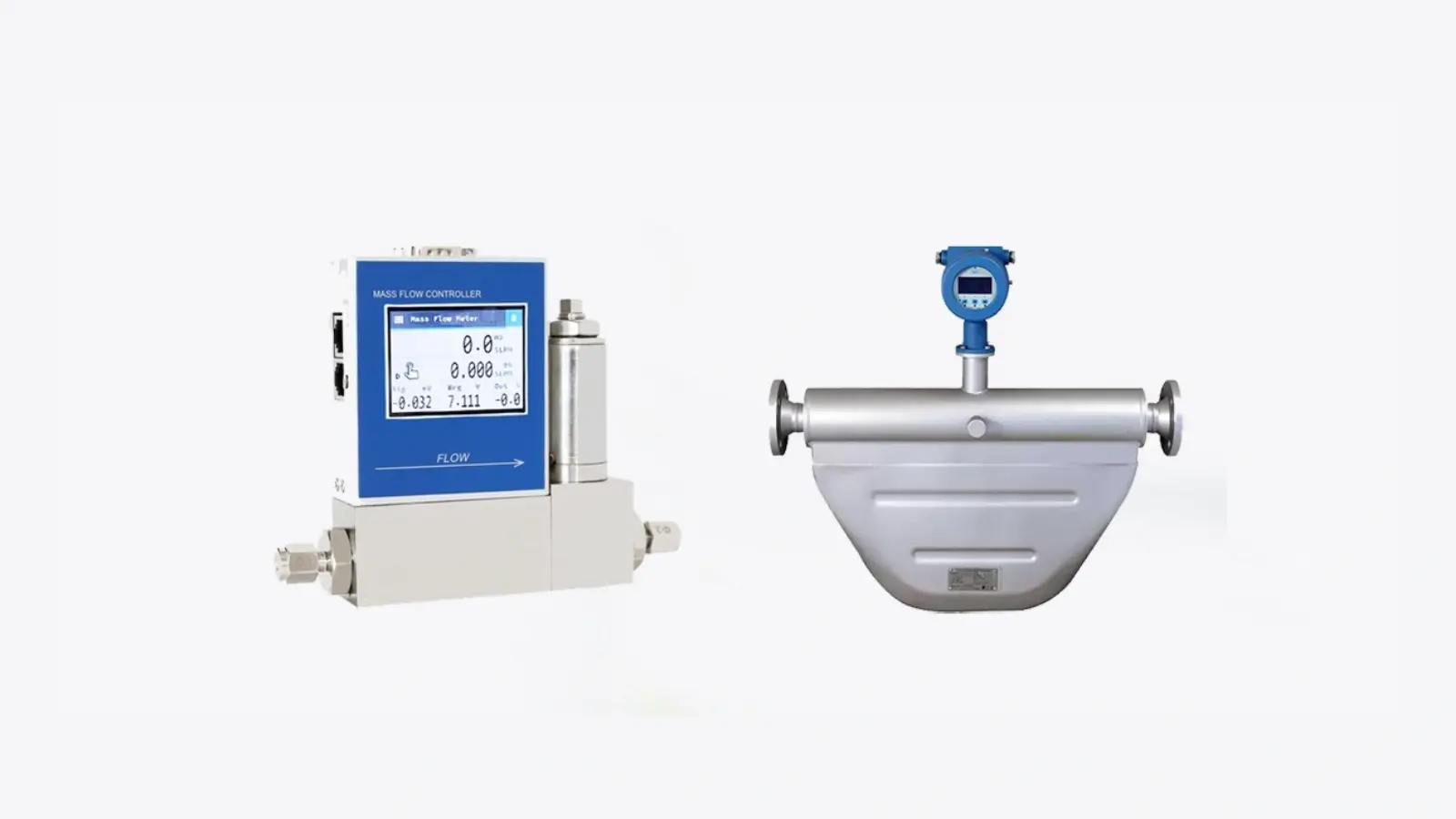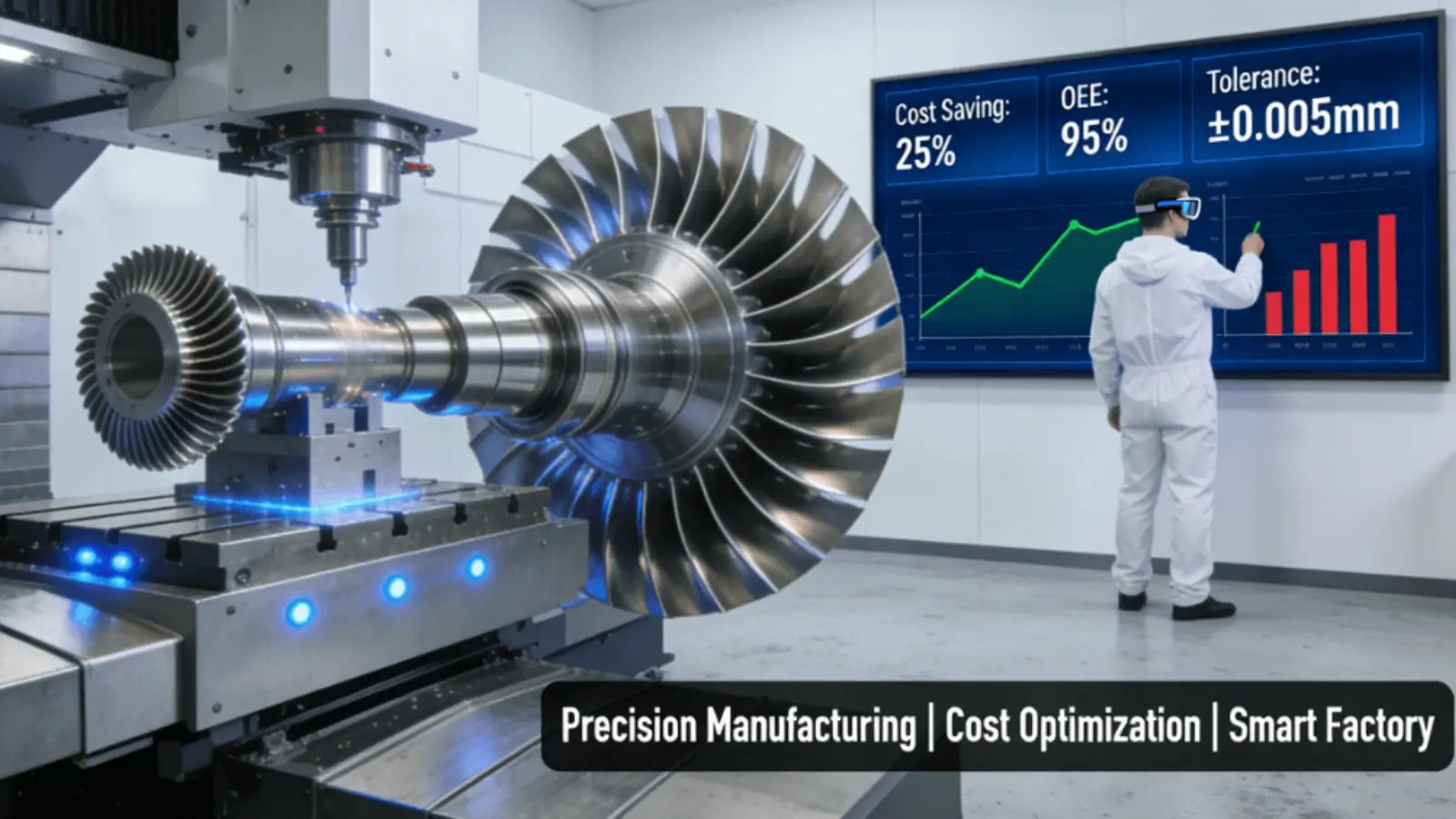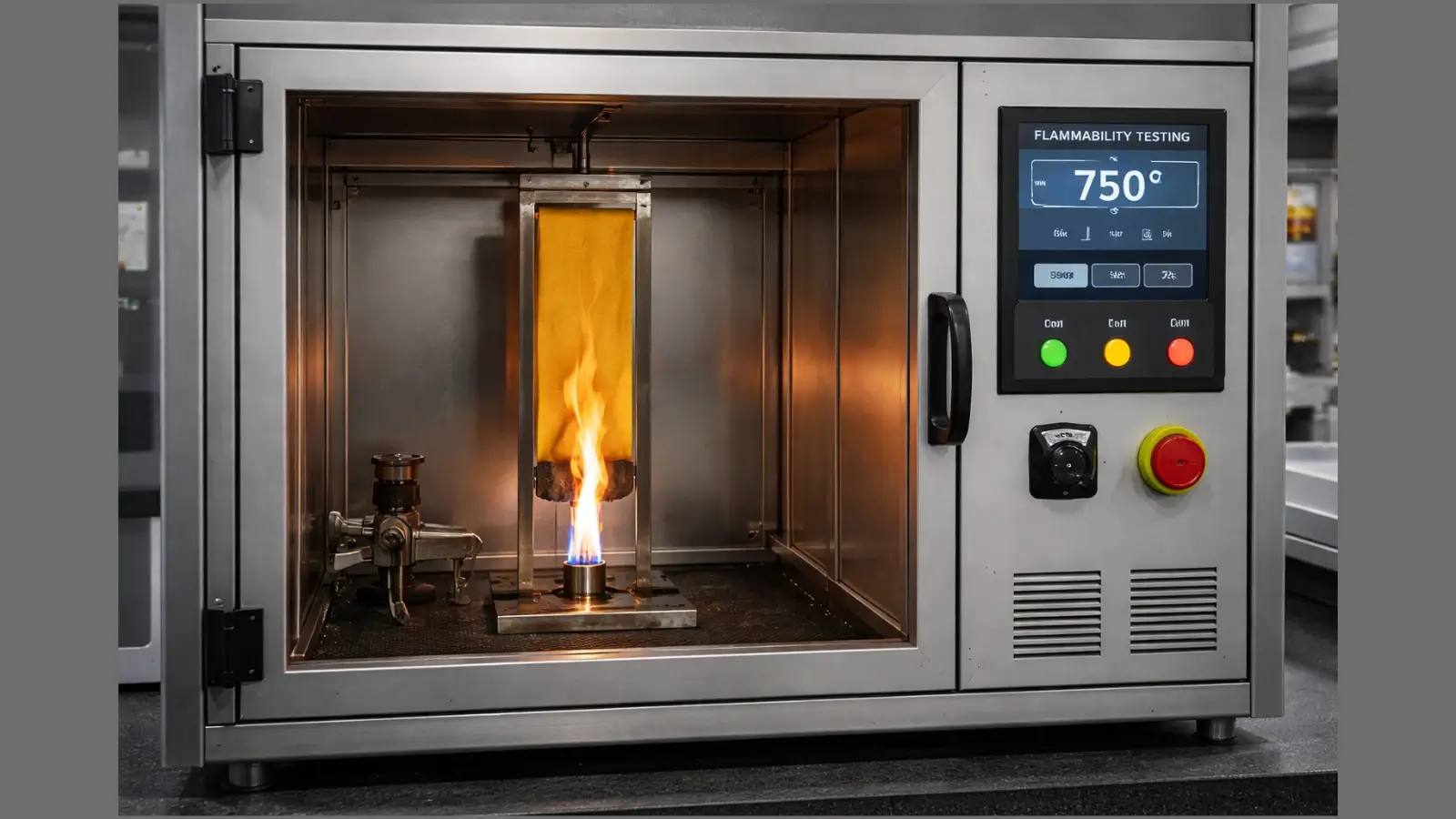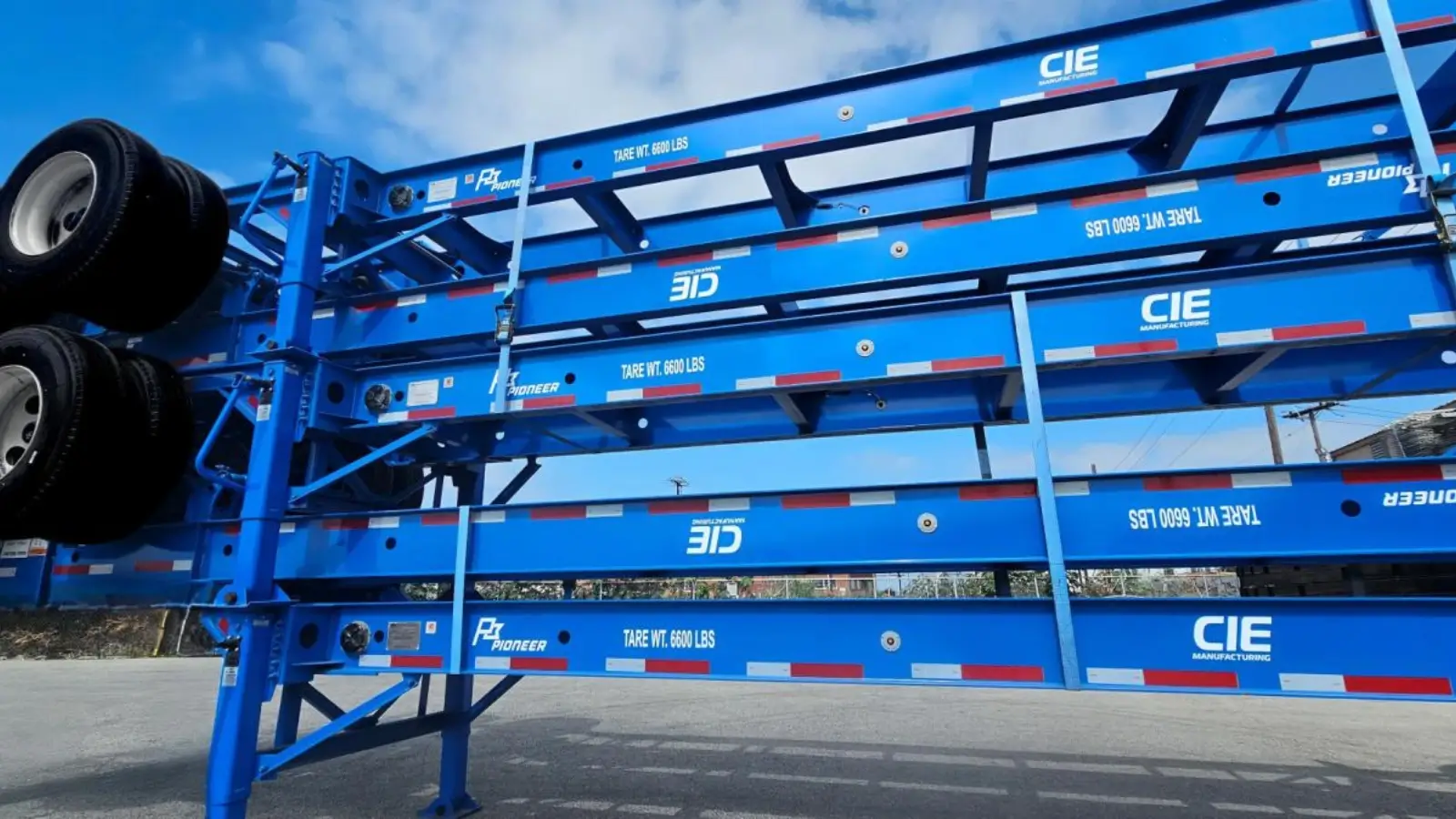The manufacturing landscape has transformed dramatically over the past decade. Companies that once relied on traditional communication methods now embrace sophisticated customer transmission systems that revolutionize how they connect with clients, suppliers, and partners. This shift represents more than just technological advancement—it's a fundamental reimagining of customer relationships in manufacturing.
Manufacturing customer transmission encompasses the strategic flow of information, feedback, and data between manufacturers and their customers throughout the entire product lifecycle. From initial inquiries to post-delivery support, this seamless communication network ensures that every touchpoint adds value and strengthens business relationships.
The benefits extend far beyond simple message delivery. When implemented effectively, robust customer transmission systems create competitive advantages that ripple through every aspect of manufacturing operations, from production planning to quality assurance and beyond.
The Power of Real-Time Customer Transmission
Modern manufacturing thrives on immediacy. Customers expect instant updates on order status, delivery schedules, and product specifications. Real-time customer transmission systems meet these expectations while providing manufacturers with unprecedented visibility into customer needs and behaviors.
These systems enable manufacturers to respond to customer inquiries within minutes rather than hours or days. When a client needs specification changes or has quality concerns, immediate transmission of this information allows production teams to adjust processes before issues escalate. This responsiveness builds trust and demonstrates a commitment to customer satisfaction.
Real-time transmission also facilitates proactive communication. Manufacturers can alert customers about potential delays, quality improvements, or new product offerings before customers even ask. This forward-thinking approach positions manufacturers as reliable partners rather than mere suppliers.
Building Stronger Relationships Through Enhanced Communication
Manufacturing customer transmission systems excels at creating deeper, more meaningful business relationships. By centralizing all customer communications, manufacturers gain comprehensive insights into each client's preferences, pain points, and business objectives.
These insights enable personalized service that goes beyond basic order fulfillment. Manufacturers can anticipate customer needs, suggest process improvements, and offer solutions that align with each client's unique requirements. This level of personalization was impossible with traditional communication methods, but has become standard practice with advanced transmission systems.
Enhanced communication also breaks down silos within manufacturing organizations. When customer feedback flows seamlessly between sales, engineering, production, and quality teams, everyone works toward the same customer-centric goals. This alignment translates into better products, faster delivery times, and higher customer satisfaction scores.
Driving Innovation Through Customer Insights
Customer transmission systems serve as innovation catalysts by capturing and analyzing customer feedback at unprecedented scales. Every interaction, request, and concern becomes valuable data that informs product development and process improvement initiatives.
Manufacturers can identify patterns in customer requests that reveal market opportunities. Perhaps multiple customers ask for similar modifications, indicating potential for a new product line. Or recurring quality concerns might highlight areas where manufacturing processes need refinement. These insights drive innovation that's grounded in real market demand rather than speculation.
The speed of transmission also accelerates innovation cycles. When customer feedback reaches product development teams immediately, they can iterate designs faster and bring improved products to market sooner. This agility provides significant competitive advantages in industries where innovation cycles determine market leadership.
Operational Excellence Through Better Information Flow
Manufacturing customer transmission systems optimizes operational efficiency by ensuring the right information reaches the right people at the right time. Production planners receive accurate demand forecasts based on real customer communications. Quality teams get immediate alerts about potential issues. Supply chain managers understand delivery expectations before production begins.
This improved information flow reduces waste, minimizes errors, and optimizes resource allocation. When everyone has access to current customer requirements, manufacturing operations align perfectly with market demand. The result is higher efficiency, lower costs, and improved profitability.
Customer transmission also enables better capacity planning. By analyzing communication patterns and customer demands, manufacturers can predict busy periods, plan maintenance schedules, and optimize workforce allocation. This strategic approach to operations management delivers consistent performance even during peak demand periods.
Technology Integration and Future Opportunities
Advanced manufacturing customer transmission systems integrate seamlessly with existing enterprise software, creating unified platforms that support all aspects of customer relationship management. These integrations eliminate data silos and ensure consistent information across all business functions.
Artificial intelligence and machine learning capabilities enhance transmission systems by automatically categorizing communications, predicting customer needs, and suggesting optimal responses. These technologies amplify human expertise rather than replacing it, enabling customer service teams to handle more complex interactions while automated systems manage routine communications.
The future holds even more exciting possibilities. Internet of Things sensors will enable products to communicate directly with customers and manufacturers, providing real-time performance data and predictive maintenance alerts. Blockchain technology could create tamper-proof communication records that enhance trust and transparency in manufacturing relationships.
Measuring Success and Continuous Improvement
Effective manufacturing customer transmission requires continuous monitoring and optimization. Key performance indicators include response times, customer satisfaction scores, issue resolution rates, and communication accuracy. These metrics provide objective measures of transmission system effectiveness and highlight areas for improvement.
Regular analysis of communication patterns reveals valuable insights about customer behavior and preferences. Manufacturers can identify which communication channels customers prefer, what information they need most frequently, and how communication preferences vary across different customer segments.
This data-driven approach to customer transmission enables continuous refinement of communication strategies. Manufacturers can experiment with new approaches, measure results, and implement improvements that enhance customer experiences while reducing operational costs.
Maximizing Your Manufacturing Customer Transmission Strategy
Manufacturing success today hinges on more than production efficiency—it requires seamless, strategic communication. Manufacturing customer transmission has become a key differentiator, empowering businesses to strengthen client relationships, improve responsiveness, and gain a lasting competitive edge. The companies that prioritize these systems now are setting the pace for industry leadership tomorrow.
Start by evaluating your current customer communication processes and identifying gaps or inefficiencies. Consider how real-time transmission could improve customer satisfaction and operational efficiency in your specific industry context. Most importantly, view customer transmission as a strategic investment rather than just another technology implementation.
The manufacturing companies that thrive in the coming years will be those that master the art and science of customer service, turning every interaction into an opportunity to strengthen relationships and drive business growth.

















